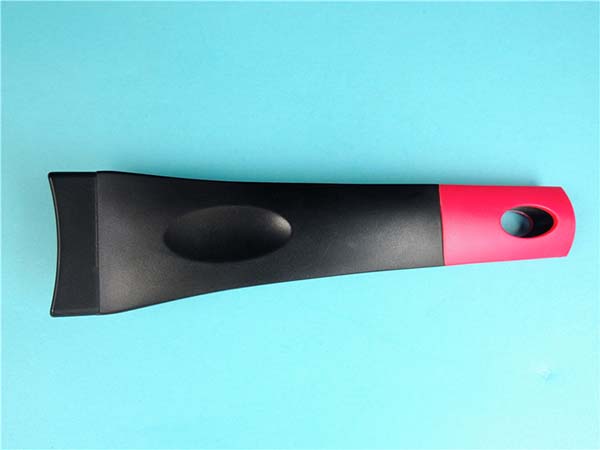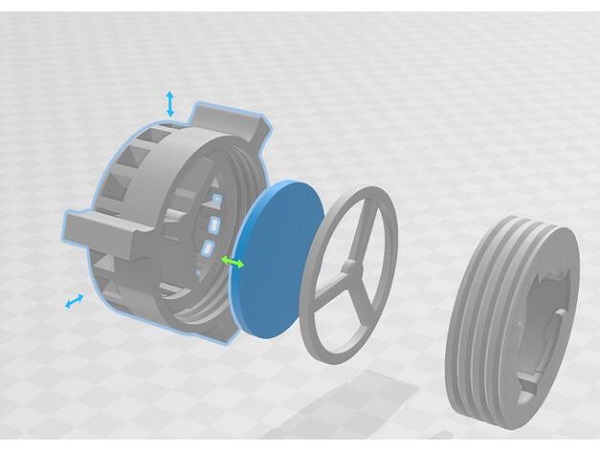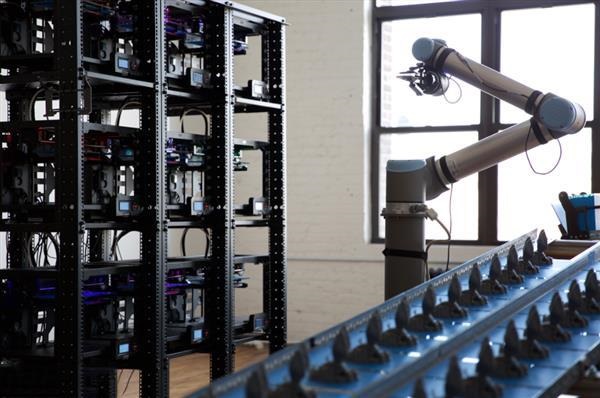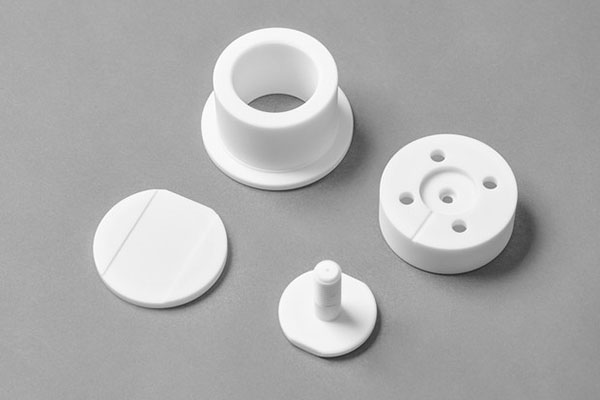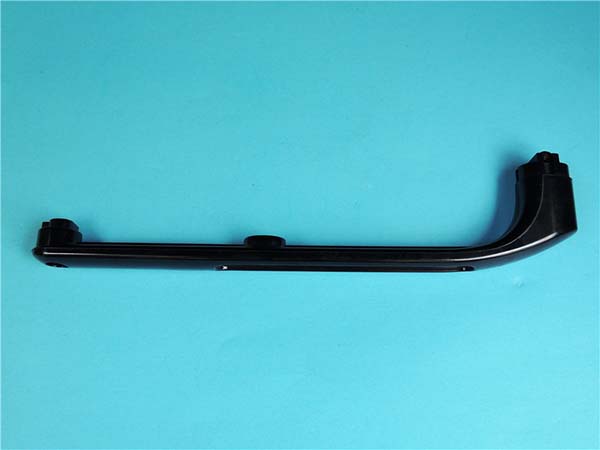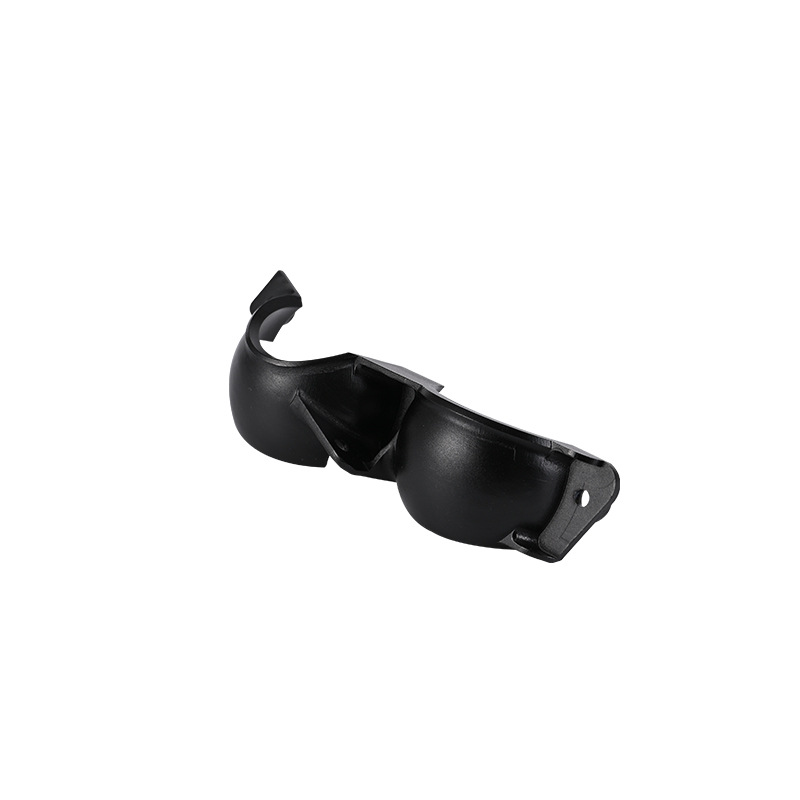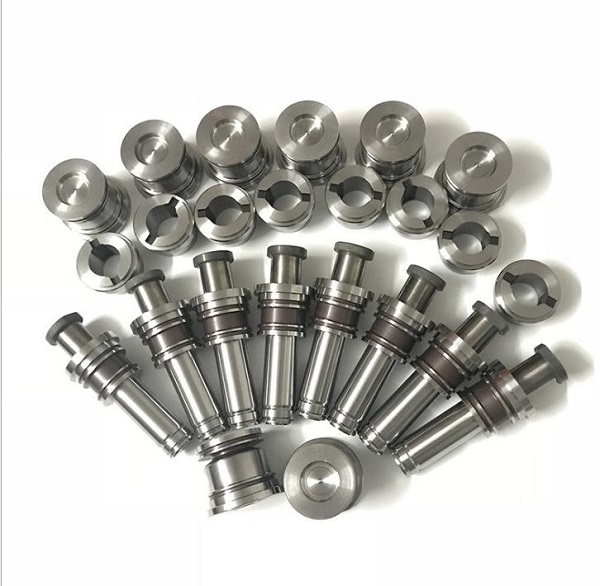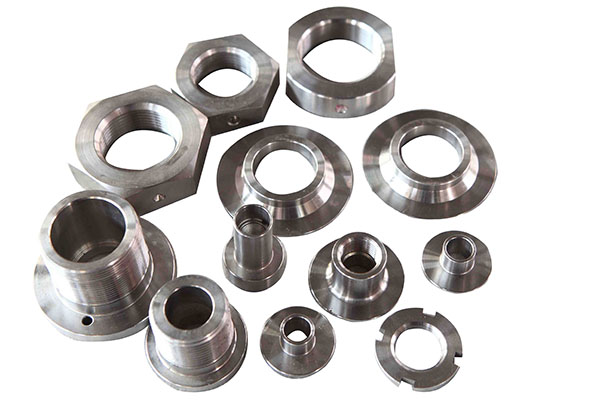Introduction
Stereolithography 3D printing process, often abbreviated as SLA, has emerged as a game - changer in the world of additive manufacturing. It's being widely utilized across various industries, from the creation of intricate jewelry pieces to the production of highly - detailed medical models for surgical planning. In the aerospace industry, it aids in fabricating lightweight and complex components, while in the automotive sector, it helps in rapid prototyping of new vehicle parts.
But what exactly is the stereolithography 3D printing process? How does it work, and what are its advantages and limitations? In this article, we'll delve deep into all these aspects. Whether you're an engineer looking to incorporate SLA into your next project, a designer exploring new manufacturing techniques, or simply someone curious about the latest in 3D printing technology, this guide will provide you with a comprehensive understanding of stereolithography 3D printing.
What is Stereolithography 3D Printing Process?
Principle
At its core, the stereolithography 3D printing process is based on the photopolymerization of liquid resins. The process utilizes a vat filled with a photosensitive liquid resin. This resin is a special type of liquid that undergoes a chemical change when exposed to ultraviolet (UV) light. A high - precision UV laser or a digital light processing (DLP) system is used to selectively cure the resin layer by layer. When the UV light hits the resin, it initiates a polymerization reaction. The individual resin molecules link together to form long chains, transforming the liquid resin into a solid plastic. This solidification occurs precisely in the areas where the UV light is focused, allowing for the creation of complex 3D structures.
Working Steps
- Three - Dimensional Modeling: The first step in the stereolithography 3D printing process is creating a 3D model of the object you want to print. This is typically done using computer - aided design (CAD) software. Designers can create highly detailed models, specifying every dimension, curve, and feature of the final product. For example, if you're designing a custom - made prosthetic limb, the CAD model will accurately represent the shape, size, and any unique contours required for a proper fit. There are also 3D scanners available that can create a digital model by scanning an existing physical object.
- Slice Processing: Once the 3D model is complete, it needs to be prepared for printing. This is where slice processing comes in. Specialized software slices the 3D model into numerous thin horizontal layers. Each layer represents a cross - section of the final object. The thickness of these layers, which can range from as thin as 0.05 mm to 0.2 mm depending on the printer and the desired level of detail, determines the vertical resolution of the printed object. Thinner layers result in a smoother surface finish and more detailed prints but also increase the printing time. The software also generates a toolpath for the UV laser or DLP system, telling it exactly where to cure the resin for each layer.
- Printing: In the printing phase, the 3D printer comes into action. The printer has a build platform that is initially positioned at the surface of the liquid resin in the vat. The UV laser or DLP system starts to cure the first layer of the resin according to the toolpath generated during the slice processing. As the first layer is cured, the build platform is lowered slightly, usually by the thickness of one layer. A new layer of resin is then spread over the previously cured layer, and the UV light cures this new layer, bonding it to the layer below. This process of lowering the platform, spreading resin, and curing layers continues until the entire 3D object is built, layer by layer.
- Post - Processing: After the printing is complete, the printed object still needs some finishing touches. First, it is removed from the build platform. The object may have some excess resin clinging to it, which can be removed by washing it in a solvent, such as isopropyl alcohol. This washing step also helps to remove any uncured resin from the internal cavities and details of the object. Next, the object often undergoes a secondary curing process. This can be done using a UV curing chamber, which ensures that all the resin is fully cured, improving the strength and durability of the final product. In some cases, additional finishing processes like sanding, polishing, or painting may be applied to achieve the desired surface appearance and functionality.
Applications of Stereolithography 3D Printing
Medical Field
In the medical field, stereolithography 3D printing has made remarkable contributions. For instance, in orthopedics, doctors can create patient - specific anatomical models. By scanning a patient's bones using CT or MRI, they obtain a digital model which can then be printed using SLA technology. These models help surgeons better understand the complex bone structures before performing surgeries such as joint replacements or spinal surgeries. In a study, it was found that using 3D - printed bone models in pre - surgical planning reduced the average surgery time by 20 - 30% for complex orthopedic procedures.
SLA is also used in the production of custom - made prosthetics. Since each amputee has unique residual limb shapes, traditional mass - produced prosthetics often require extensive adjustments. With stereolithography 3D printing, prosthetics can be designed and printed to fit the exact contours of the patient's residual limb, providing a more comfortable and functional fit.
Manufacturing Industry
In manufacturing, SLA is crucial for rapid prototyping. A product development team at a consumer electronics company, for example, can use SLA to quickly produce prototypes of new smartphone cases or smartwatch bands. The ability to create these prototypes in - house and in a short time frame allows for faster design iterations. In a comparison between traditional prototyping methods (such as injection molding for prototypes) and SLA - based prototyping, SLA reduced the time to produce a prototype from weeks to just a few days, and also significantly cut down the cost for small - scale prototyping by up to 70%.
For small - batch production, SLA can be used to manufacture high - precision components. In the jewelry industry, intricate jewelry pieces with detailed patterns can be printed directly. The high precision of SLA ensures that the fine details of the jewelry, like filigree work, are accurately reproduced.
Art and Design
Artists and designers have embraced stereolithography 3D printing as a powerful tool for creative expression. In product design, designers can bring their most innovative and complex ideas to life. For example, a furniture designer might create a concept for a chair with a unique, organic shape that would be nearly impossible to produce using traditional manufacturing techniques. With SLA 3D printing, these complex designs can be fabricated, allowing the designer to test the form, function, and aesthetics of the piece.
In the field of interior design, SLA can be used to print custom - made decorative elements. From unique light fixtures to one - of - a - kind wall art, the high - resolution capabilities of SLA ensure that the printed items have a smooth surface finish and fine details, meeting the high standards of the design industry.
Yigu Technology's View
As a non - standard plastic metal products custom Supplier, Yigu Technology recognizes the significant potential of the stereolithography 3D printing process. This technology is a great fit for producing small - batch products with complex structures. For example, in the creation of custom - designed plastic components for high - end electronics, SLA can precisely replicate intricate internal circuits and external casings, meeting the high - precision requirements of the electronics industry.
However, we also acknowledge the challenges. The cost of SLA, especially in terms of equipment investment and resin materials, can be a deterrent for some clients. Additionally, the limited range of available materials restricts its application scope. But we believe that through continuous technological innovation and industry cooperation, these issues can be overcome. We are committed to exploring new ways to optimize the SLA process, reduce costs, and expand the material options, aiming to help more clients benefit from this advanced manufacturing technology.
FAQs
What types of materials are commonly used in stereolithography 3D printing?
The primary materials used in stereolithography 3D printing are photocurable resins. There are several common types. General - purpose resins are suitable for a wide range of applications. They offer good mechanical properties, such as a balance of strength and flexibility. For example, they can be used for creating prototypes of household items. High - temperature - resistant resins are designed to withstand elevated temperatures. In the aerospace industry, parts printed with these resins can endure the high - temperature environments during flight. Dental resins are specifically formulated for dental applications. They are biocompatible, which is crucial when used for creating dental models, crowns, or bridges, ensuring they do not cause any adverse reactions in the oral cavity.
How accurate is the stereolithography 3D printing process?
The stereolithography 3D printing process can achieve a high level of accuracy, often in the sub - millimeter range. In many SLA printers, the layer thickness can be as low as 0.05 mm, which contributes to the high precision. However, several factors can affect the accuracy. The quality of the 3D model is crucial. If the model has errors or inaccuracies in its design, these will be transferred to the printed object. Printer calibration also plays a significant role. A well - calibrated printer will produce more accurate prints. Over time, the printer's components, such as the laser or the build platform, may become misaligned, leading to a decrease in accuracy. Additionally, the properties of the resin, like its viscosity and shrinkage during curing, can impact the final dimensions of the printed object. Resins with high shrinkage rates may cause the printed part to deviate slightly from the original model's dimensions.
Can stereolithography 3D printing be used for large - scale production?
Stereolithography 3D printing is not typically the first choice for large - scale production. The cost can be a limiting factor. The equipment itself is relatively expensive, and the resins used in SLA are also costly compared to some other 3D printing materials. Moreover, the printing speed of SLA is generally slower compared to mass - production methods like injection molding. Also, there are limitations in print size. Most SLA printers have a limited build volume, which restricts the size of the objects that can be produced. However, for small - batch production and custom - made products, SLA has significant advantages. It allows for the production of highly customized parts with complex geometries in a relatively short time, without the need for expensive molds as in traditional manufacturing methods.
